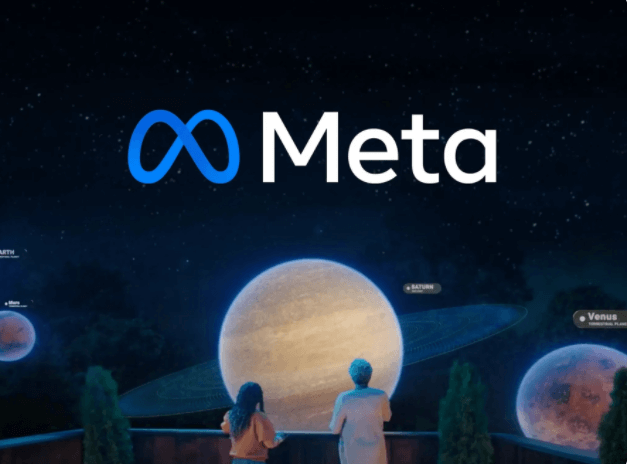What role does AR have in the Metaverse?
For emerging technology “veterans” we imagine there’s a collective eye-roll about the recent furor around Facebook (and then Microsoft, and then others’) announcements about the “Metaverse”. The idea of an alternative digital “world” has existed in various guises for a long time, so we’ve asked ourselves what’s so new that it has prompted the deluge of recent headlines. Is it the accelerated digitisation of the workplace brought about by Covid-19, the appearance of digital fashion items on gaming platforms, and the more widespread availability and adoption of blockchain technologies - prompting the boom in NFT’s - all three, or something else?
Either way, we thought it's time for a closer look at how this affects us (and you, dear reader). For a decade, INDE the leading company in augmented reality has helped brands and organisations adopt and leverage immersive 3d technology. It's logical therefore that we enter the Metaverse with you to help define what it might mean for you.
Image Source: about.fb.com
What is the Metaverse?
Our favorite definition so far comes from Eli Tan of Coindesk.com.
“The metaverse is a superset of virtual reality, augmented reality and the internet. Its tendencies exist in forms you may already be familiar with, such as in popular video games like Roblox, Fortnite and Animal Crossing.”
Ultimately this positions the concept as a virtual extension of our physical world, where brands can create their own 3D space, and people create their avatars. This doesn’t seem different to the existing world, right? Wrong actually. When actual reality doesn’t dictate what you want your digital reality to be, this perhaps is a new frontier, with the associated land-grab that this brings with it.
Image Source: about.fb.com
Why does your company need to be in the Metaverse?
Besides mixing realities, this universe will have its own value chain where people and businesses can buy and sell virtual goods and services, such as NFTs (Non-Fungible Tokens). So in all likelihood, you’ll need to be in it in some way in order to be able to participate in what’s likely to be a substantial economy shaping the future of technology and digital interactions and will definitely change customer behavior.
Microsoft Teams, with more than 250 million users, already announced their “metaverse changes” including allowing people to take meetings in virtual spaces. From now on, big names in the industry will follow the lead, Google, Sony, Samsung, Nike, are also taking steps into the Metaverse world.
Image Source: about.fb.com
Metaverse and the Power of Augmented Reality
Of all the technologies that are being used to build the metaverse such as smart glasses, and 3d content, Augmented Reality is what brings the Metaverse closer to the real world. AR by definition enhances the digital experience by combining it with the physical world, providing a unique bridge, as well as opportunities to leverage both perspectives on the world.
Using Augmented Reality to capture the attention of customers offers a unique opportunity to spectacularly enhance physical engagement with digital content. This Mixed Reality combination is arguably the most powerful engagement tool available, offering content and campaign creators the ability to use online and offline techniques. 3d content created for digital channels can be used in Metaverse and AR environments, giving a greater opportunity to generate value from the content investment.
Mixed Reality screens receive at least 95% higher engagement vs “traditional” platforms and deliver deep personal engagement, excitement, and a new world of connection. When building next-generation, exhilarating customer experiences, finding something that’s a genuine “wow” factor has never been more important. It won’t be enough to shoe-horn existing digital content into a 3d world, nor 3d content into the real world. The skills associated with Digital Storytelling and creating Digital Experiences are at a significant premium as we teach the world at large how to engage with the new platforms that make up the Metaverse...
We at INDE, through our deep knowledge of combining digital and real-world content, are well placed to help brands to join the Metaverse and revolutionise the way organisations communicate with the world.



